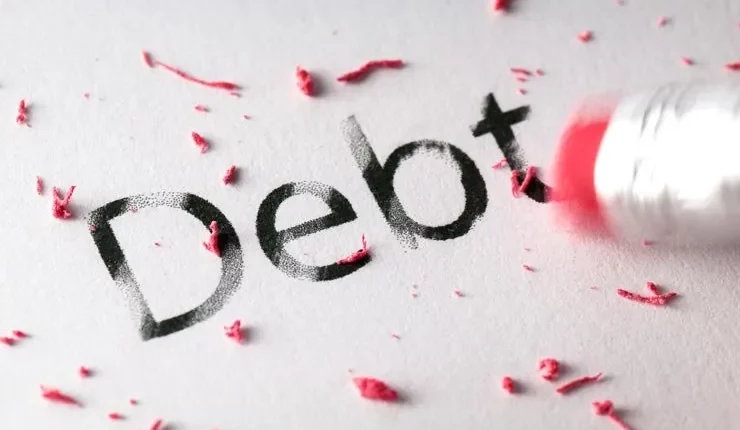3 Steps To Breaking Your Debt Cycle
Once you’re in it, debt can seem like a never-ending cycle. So this begs the question: How do people live debt-free? When you are living paycheck to paycheck, everything is just more complicated.
It seems impossible to get caught up because one minor emergency will cause you to get back to the beginning. Breaking the cycle of debt seems impossible, but many people have managed to do it.
Right now is the best time to begin the process because most households have received a stimulus check and, on top of that, some received tax refunds. Suddenly, the bank account doesn’t seem so empty.
With the sudden influx of cash, breaking the cycle becomes easier. Not everyone has that extra cash coming in, though. So here is a general guideline to break the cycle of debt.
1. Create a savings account
The general rule of thumb for creating savings is to save up at least three months’ worth of pay. When you are living paycheck to paycheck, though, that’s impossible.
You cannot reasonably save up three months’ worth of paychecks on time. Instead, start with a small amount. Something that won’t take long to build, and you can do it by putting small amounts aside.
For example, set the savings amount at $500. With this goal in emergency savings, choose an amount that will be easy for you to put away without much notice, like $10. On top of that, put any additional money you receive into this account until you meet your minimum savings goal.
If you can’t put even $10 into savings, think about side sources of income such as selling stuff, downgrading your vehicle (if you have a car note to lower your payment), or completing surveys for cash. Be creative and find ways to hit your savings goal.
2. Tackle debt loan by loan
Once you have some emergency savings set aside, use that additional income to pay off your debt. Pick one debt, preferably the one with the highest interest rate, and focus on the small amount you were putting into savings into that debt.
For example, if you were putting $10 a month into savings, you would choose one debt and make the minimum payment on that debt plus an additional $10. So if you’re trying to pay off a $500 credit card with high-interest rates with a minimum payment of $25, you would pay $35 on that credit card until you pay it off completely.
To speed up the process, focus any other cash into the debt as well, such as birthday money, holiday cash, small lotto winnings, or any additional “free money” you come across. The quicker you pay it off, the better.
3. Build upon payments
Eventually, you will pay off your first debt. From that point, you would pick the next debt to tackle. When doing so, try to build upon the payment from the previous repayment.
In other words, pay the minimum payment of that debt, and then add to that the minimum payment of the debt that was paid off plus the additional $10 that was going into savings.
For example, let’s say the next debt you were trying to tackle was a $10,000 student loan with a $100 per month minimum payment. So the amount you would put into this loan every month would be the $100 minimum payment, the $25 you were paying on the credit card that is paid off, plus the $10 you had going towards savings.
This method of creating savings and breaking the cycle of debt isn’t new. In fact, Dave Ramsey is credited with this method in his “7 baby steps” program. Breaking the cycle of debt will give you more freedom to get what you want out of life. Not everyone is taught fiscal responsibility growing up, but everyone should learn it. So start taking baby steps to pay off your debt today. #NoMoreDebt2023



